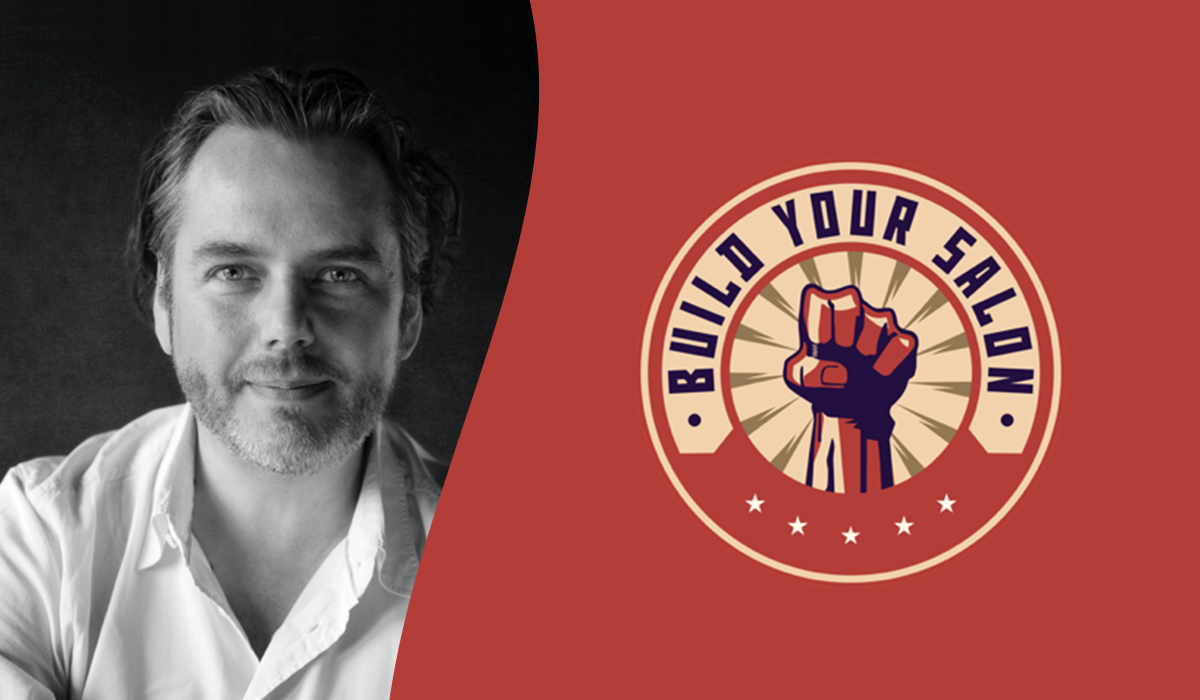With many salon owners re-evaluating their businesses, business consultant and founder of Build Your Salon, Phil Jackson, has these five tips for saying goodbye to disgruntled team members and reorganising your team ready for 2021.
Grumpy team member? Tried everything and they just won’t do the work? Attitude problems? Maybe it’s time to say goodbye. Let 2021 be the year you redefine your business and get closer to the salon *you* want to be running. Always cover your back legally (your insurance for trade membership often includes a free legal helpline), but here business consultant Phil Jackson from Build Your Salon, offers five tips that might just persuade you that it’s time to say goodbye.
1 Resignation means today
Without exception, the day somebody resigns is the day they leave my salon and I use up any accumulated but unspent annual leave and pay the rest of their notice period ad ‘gardening leave’.
If a team member is leaving to set up on their own or go to a competitor you are putting your clientele (and business) at risk by keeping that team member around. Even if they are leaving to go travelling they have mentally ‘checked out’ and won’t be delivering their best work.
I know it’ll be tough, trying to find column space for the customers, but I promise that bit of disruption is better than being paranoid about what a leave his up to the you’re not looking.
2 Planned obsolescence
It’s horrible, to think of your team as a resource, but start to build team members leaving into your business plans. Look at your average retention rate and start pre-empting team members leaving.
If your average retention is, say, five years, start building more junior team members up or making moves to recruit ahead of that so you’re not caught out.
If the team member ends up staying longer – great! In the meantime, you’ll feel less vulnerable if someone resigns and you’d planned for them to go – even if the timescale is not quite what you anticipated.
3 Continual recruitment
Focus a percentage of your social media posts on what a great team you have, what great training and opportunities you offer and what an all-round lovely place it is to work.
Recruiting through social media is tough but it’s often the first place a potential candidate will go to research you if they decide to reply. Increase that percentage of team-focused posts to at least 20% when you are actively looking for a new recruit.
Keep an up-to-date recruitment page on your website with detailed job descriptions and a simple process for potential team members to get in touch with a website enquiry form. You won’t get floods of applicants, but occasionally you may well find a little gem.
4 Take responsibility
It’s time to pull your big-boy pants up and take responsibility: the reason that team member isn’t performing is down to you.
You can blame their attitude, work ethic or lack of motivation but ultimately those things should have been picked up in the recruitment process which makes it your responsibility too! We don’t blame a plant when it doesn’t flower: we give it more light, feed it, change the watering schedule. Or sometimes we just need to put them into a different pot.
If a team member’s performance or motivation is your responsibility it goes without saying that getting them out of the business (quickly) is down to you too.
Waiting for them to resign is cowardly and allows the rot to spread: you really don’t want unmotivated team members bringing standards or morale down.
5 Beware the contagion
Generally, change is uncomfortable. A team member leaving, particularly if they are a big personality or a long-serving employee, shifts the dynamic of the team.
That means other team members now face uncomfortable changes in the workplace – which might be just enough of a push for them to resign to feel like they are back in control.
Again and again in my own salon we saw nobody leave for years, then a mini-exodus of team members as the dynamic of the team shifted further and further from the norm.
Take the bull by the horns and invest serious time and energy into rebuilding your team any time somebody leaves. Share your plans for the business so that your team sees you as ‘in control’ and address feelings of loss and being unsettled head-on.
For more information:
www.buildyoursalon.com





